Search

Scout Soybeans for Bean Leaf Beetle Feeding
We are receiving numerous reports and also observing very large bean leaf beetle populations this year. As a result, there is also a lot of concern about soybean defoliation due to the emergence and subsequent feeding by the overwintering adult population.
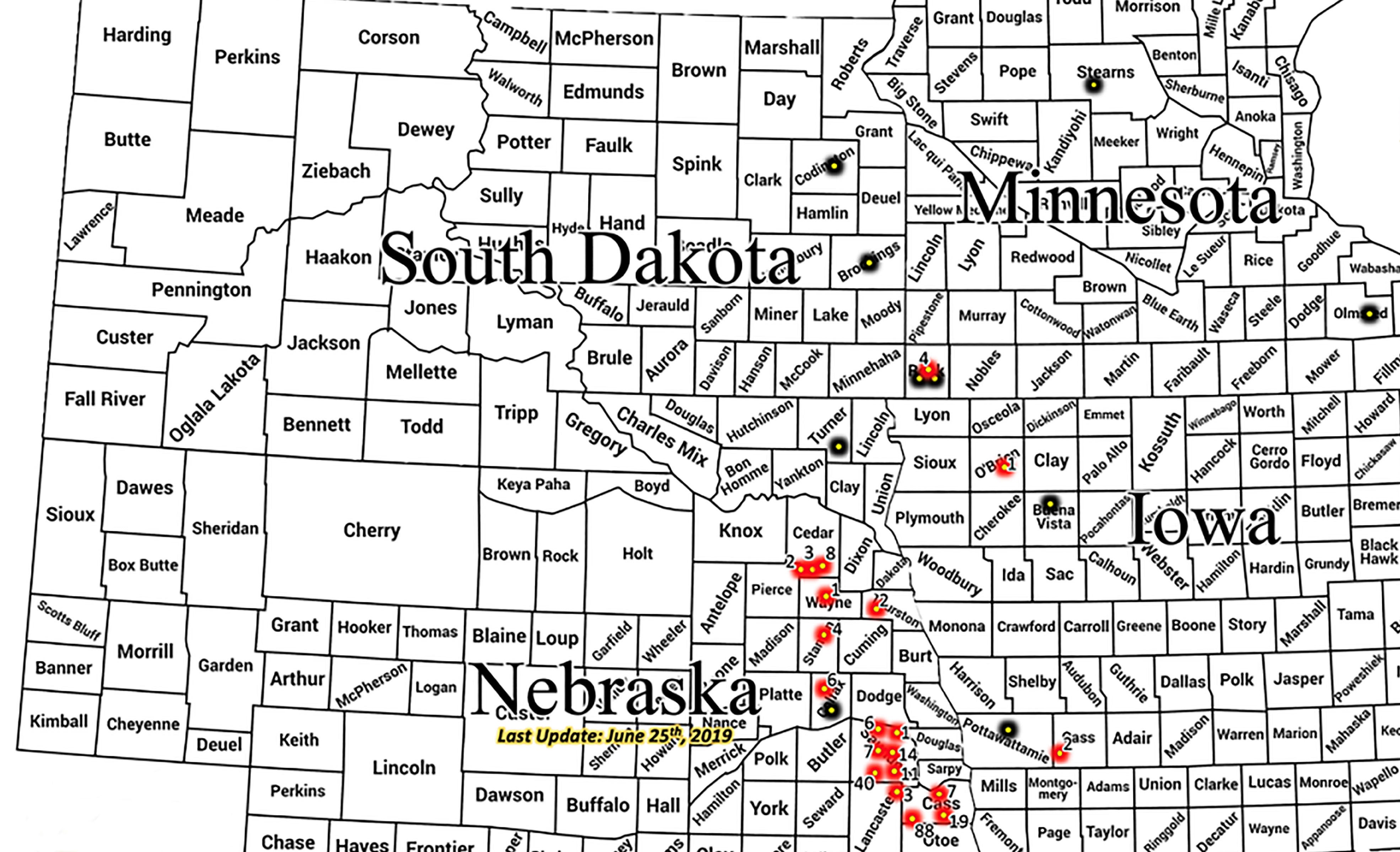
Soybean Gall Midge Are Emerging Around Us, But No Captures in S.D.
Last year, the soybean gall midge caused a lot of issues in soybean, including lodging and up to 50% yield loss. In an effort to determine when soybean gall midge adults are emerging in 2019, a network of emergence traps has been established in South Dakota, Nebraska, Iowa and Minnesota. So far, emergence of the adult soybean gall midge have been reported from Iowa, Nebraska and Minnesota.
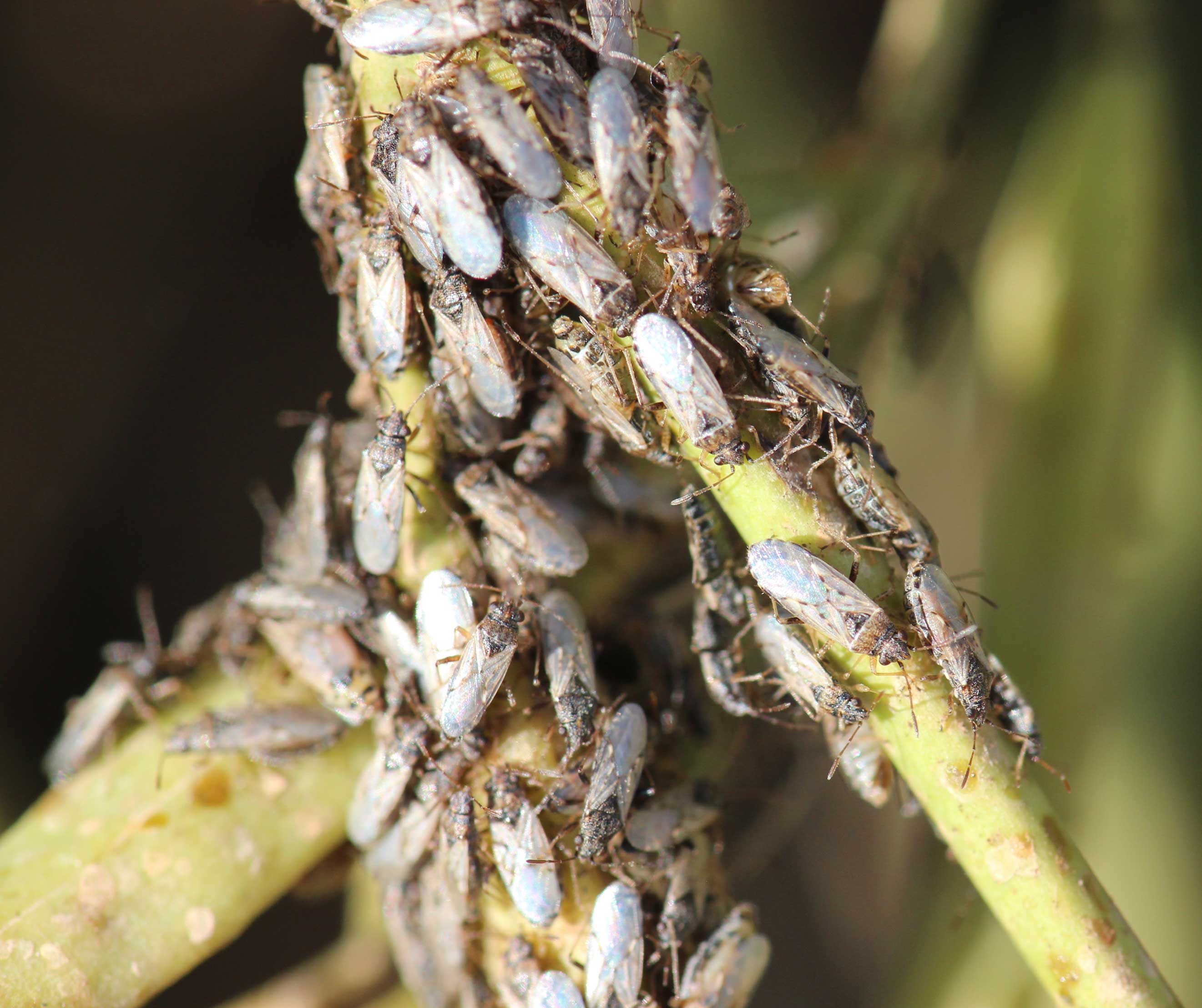
Monitor Canola Fields for False Chinch Bug Activity
While scouting canola this week, I came across a field that had plants along the edge that looked like they were suffering from drought stress, but given the recent rain I doubted that to be the case. Closer inspection of the stressed plants indicated that they were covered in false chinch bugs. Although false chinch bugs are not normally an issue in canola, very large populations do have the potential to reduce yield.
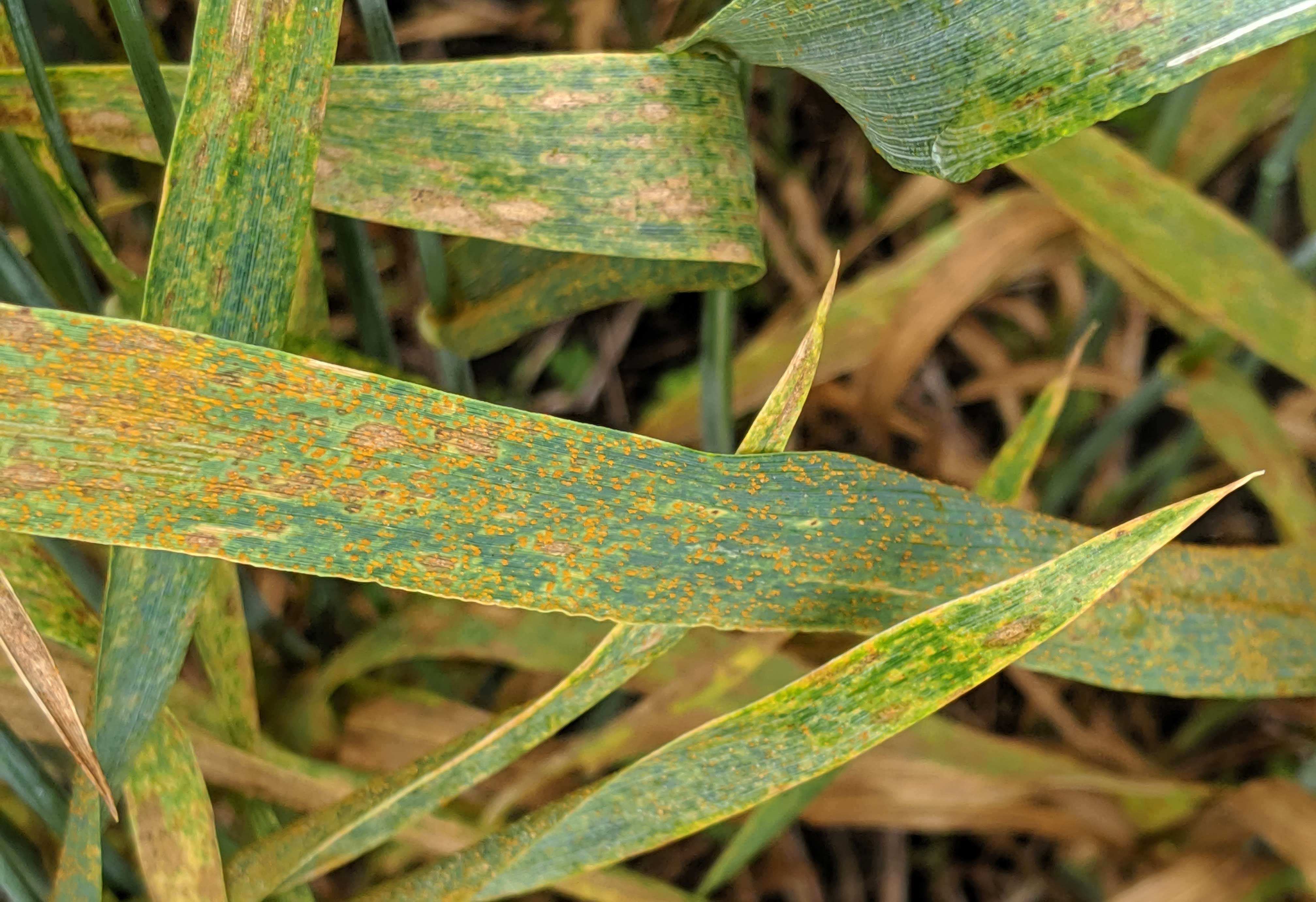
Diseases in Winter Wheat Imply High Inoculum for Spring Wheat
Winter wheat is past the need for an in-season fungicide application. However, many spring wheat fields are yet to flower, making them prone to disease development. A few diseases, including leaf rust, stripe rust, and Fusarium head blight have developed in winter wheat. This implies that there is enough inoculum available for these diseases to develop in spring wheat; especially East River, where rainfall has been frequent.
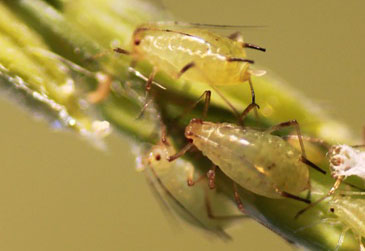
Continue Scouting Wheat for Aphid Populations
Aphid populations in winter wheat continue to be observed in South Dakota. The major questions now are whether or not aphid populations are at economic threshold and if spraying is really necessary.
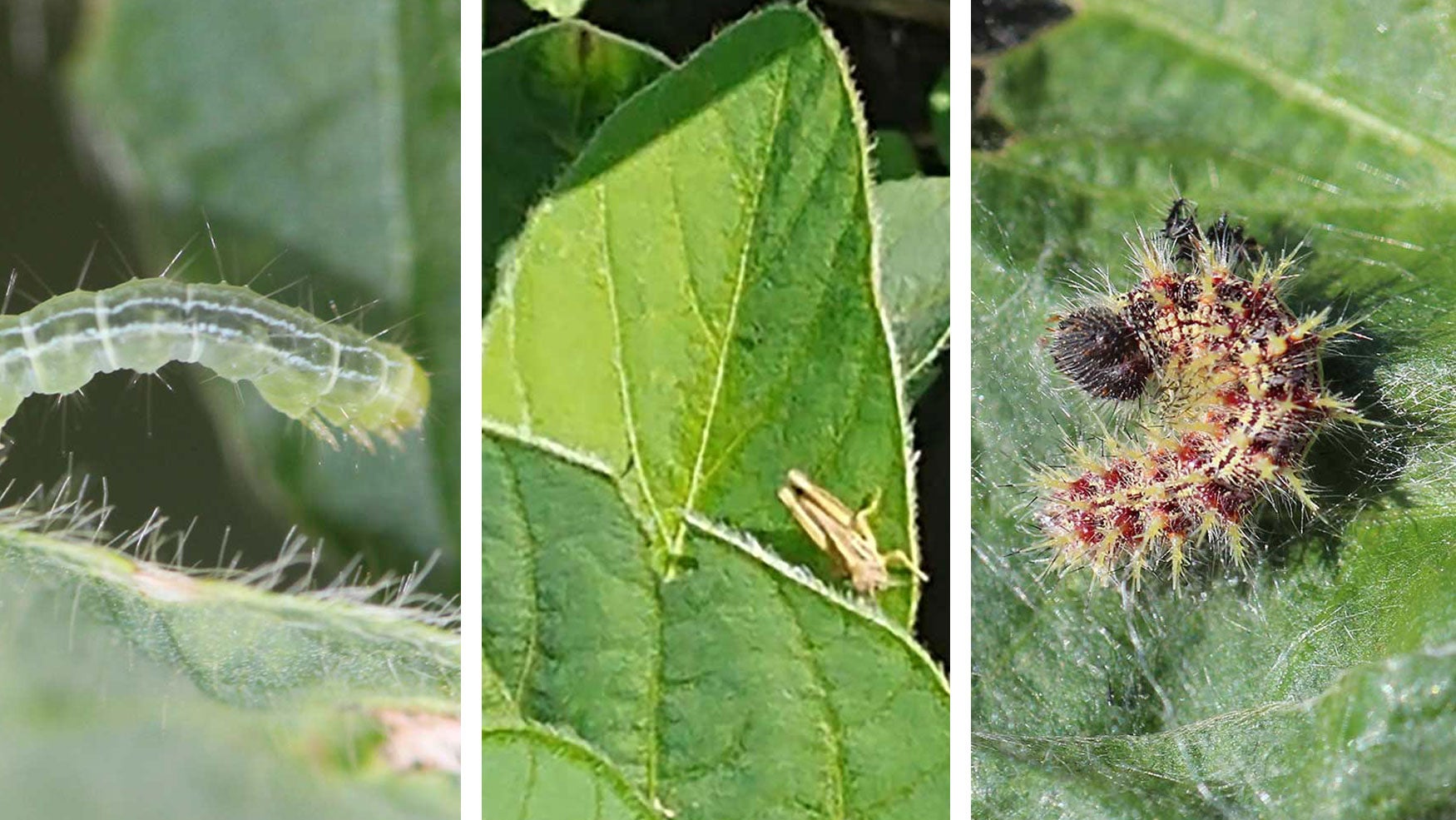
Monitor Soybean for Defoliating Insects
While scouting soybean this week I noticed quite a few defoliating insects that were present in the field. So far, the feeding injury is minimal, but it is a reminder that we need to be diligent in monitoring leaves for defoliation and fields for these insect pests.
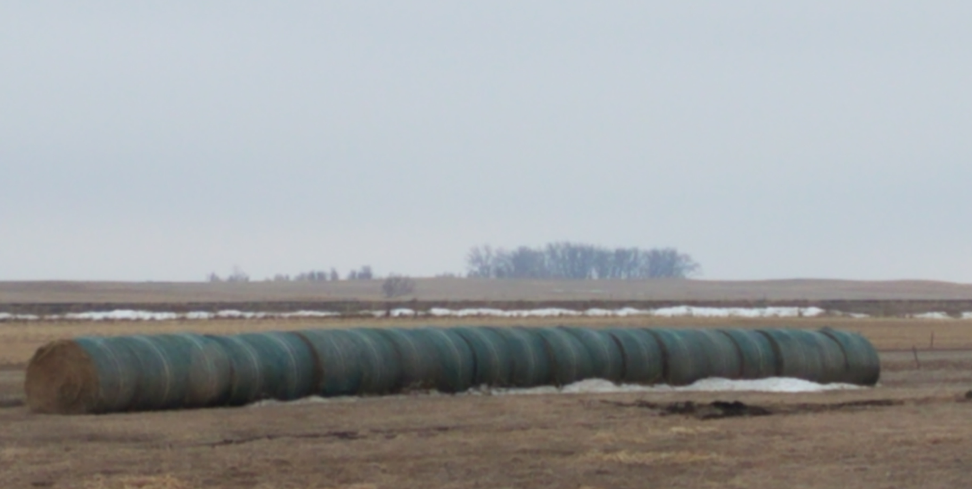
Resources and Options When Feed is Short
SDSU Extension offers resources to help producers find and evaluate feedstuffs to help meet their livestock’s needs.
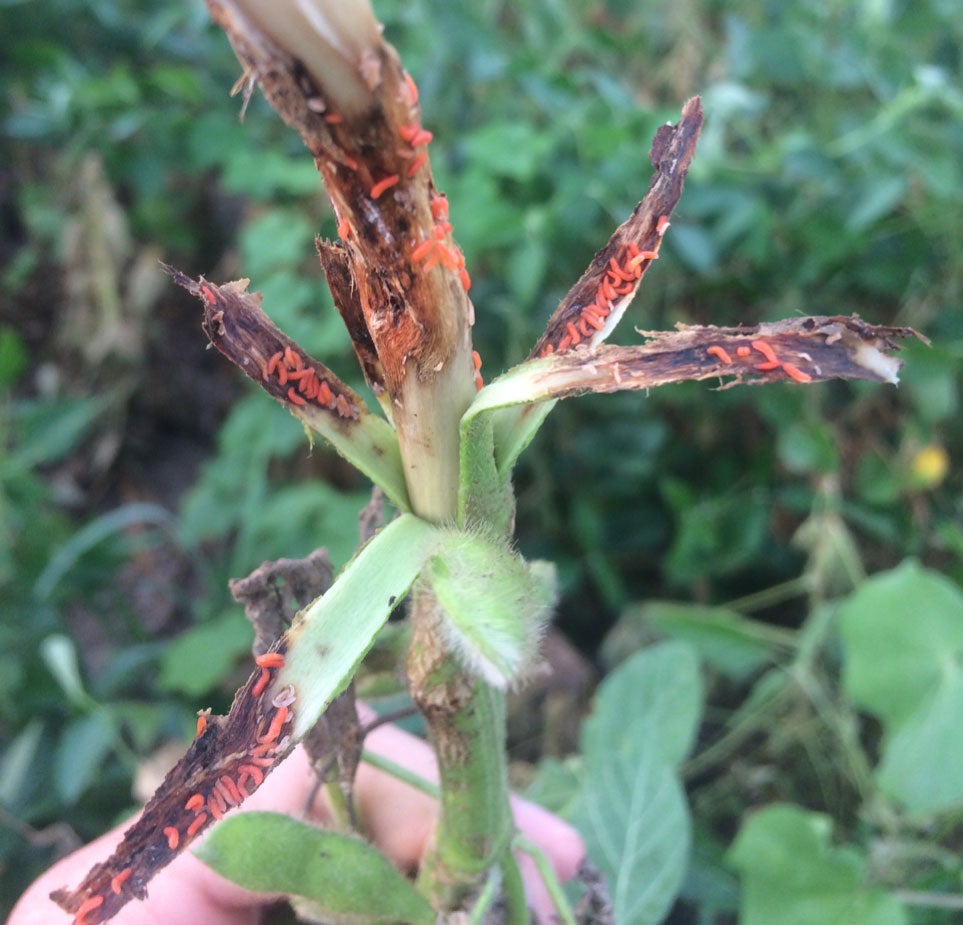
Soybean Gall Midge: What We Know So Far
In 2018, South Dakota soybean farmers were faced with a new soybean insect pest. What started with dying field borders ultimately ended with yield losses throughout many fields on the Eastern side of the state. We determined that the pest in question was the soybean gall midge.
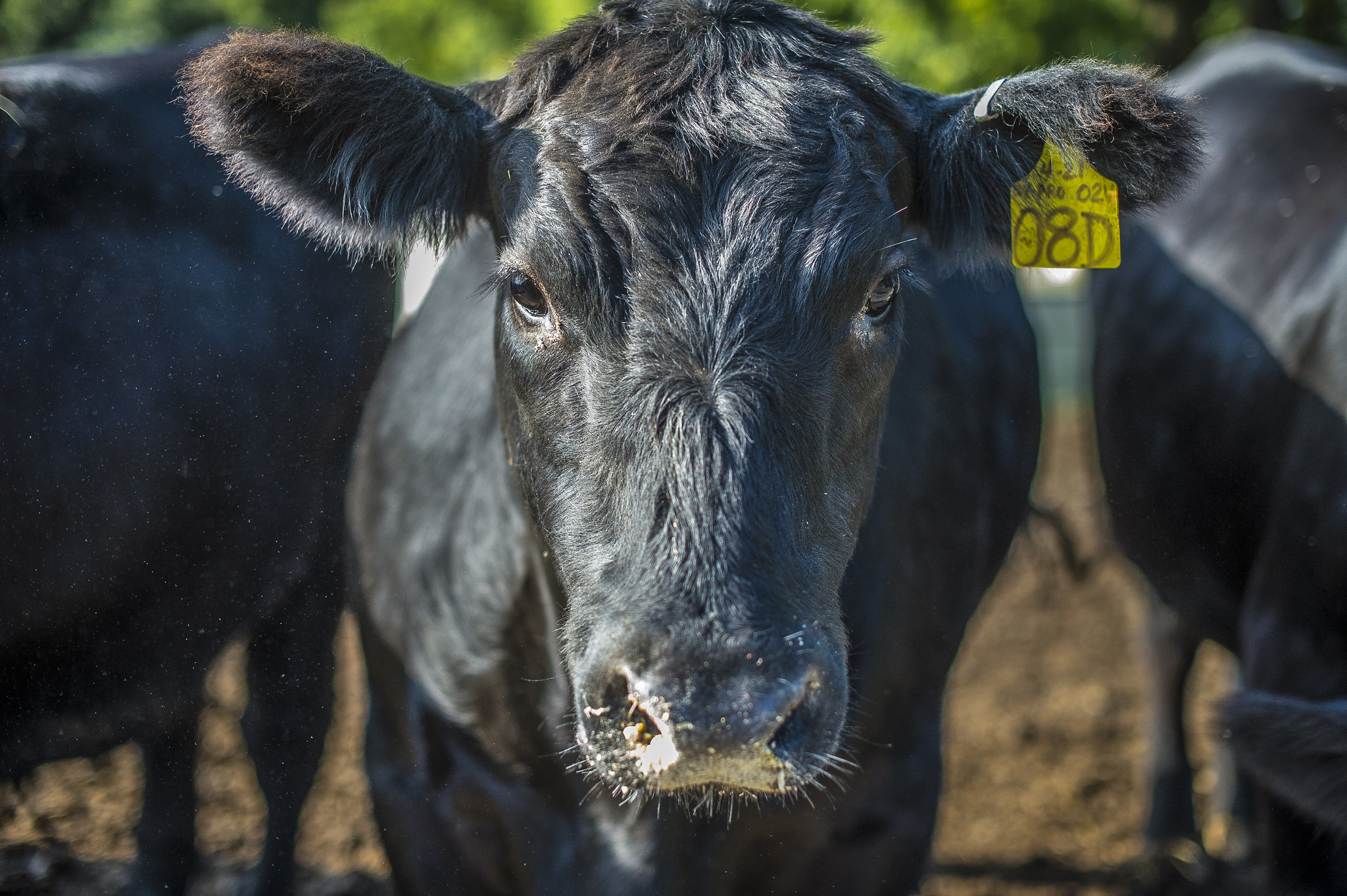
Foot Problems in the Feedlot
While we usually think of foot problems in feedlot calves occurring in conjunction with warm, muddy conditions, wintertime also brings a certain set of conditions that can create lameness in these animals.
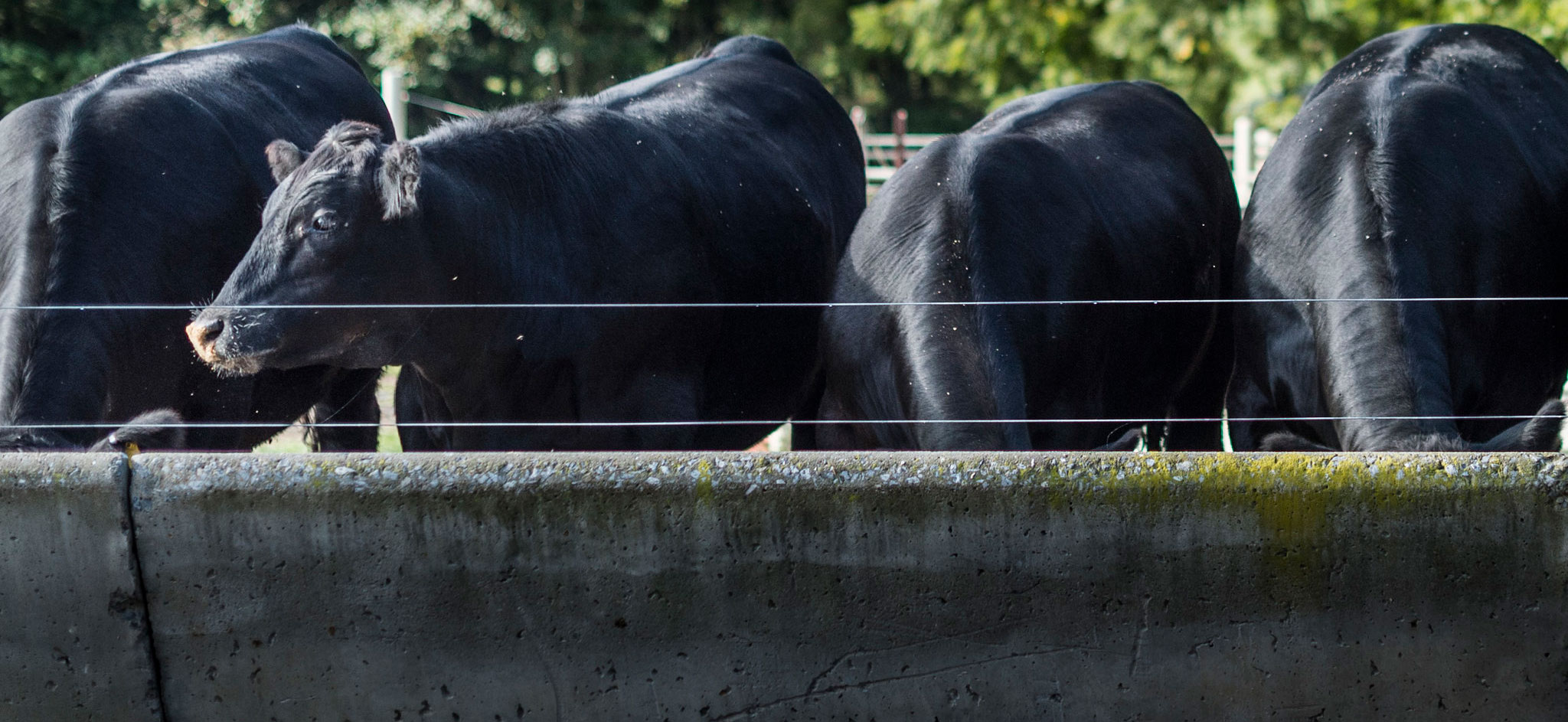
Feedlot Pen Maintenance Allows Cattle to Walk Easier
Beef feedlot operations are faced with daily tasks of managing feed and cattle inventory, animal health, labor, operational activities and marketing of the resident cattle in the yards. No less important are details to manage the feedlot environment and facilities.